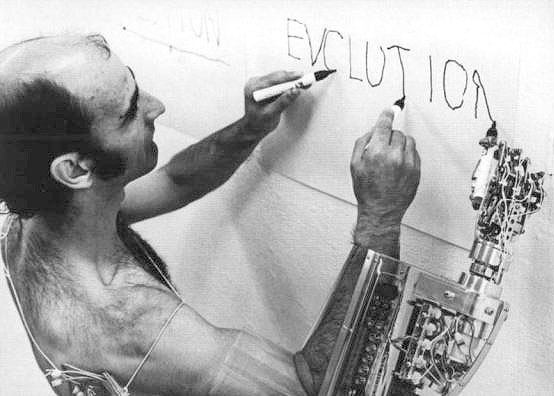
OPN Studio
Give my Creation… Life!
Give my creation… Life! Is a project which links Art, Science and Technology. It is based on the generation of energy through the heart beating, with the aim of granting autonomy to a machine. During the research of this subversive goal, multiple issues have been addressed, such as the extension of a removed organ´s life, its artificial feeding of nutrients and its use as a source of natural energy, among others.







